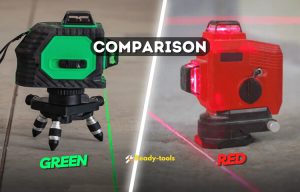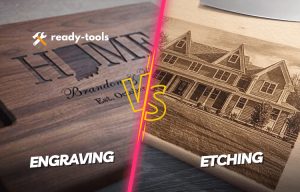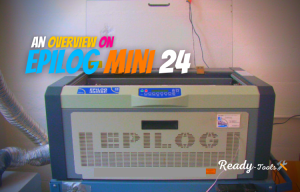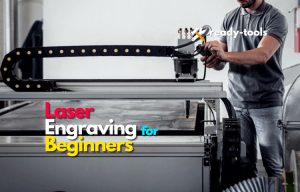Changes to the surface microstructure of materials are impossible unless they first go through cutting procedures. Laser cutting is quickly becoming one of the most used methods for cutting materials for machining. It helps create patterns by designs and the outputs that are sought.
Materials are melted, burned, and vaporized as part of this process, which takes place in the presence of an intense laser beam. Although this method is incredibly efficient, it is vital to understand the numerous advantages and disadvantages of laser cutting.
The utilization of a laser cutter, which creates a narrow laser beam by concentrating its light on the target material, makes the cutting process possible. However, before cutting, you need to have a specific target based on your models or patterns. This must be done before you can begin cutting. Some of the most difficult materials are difficult for manufacturers to cut through.
However, since the invention of the laser cutter, this process has become much simpler. This section will walk you through everything you need to know about laser cutting. In addition to that, it discusses how laser cutting functions and its benefits and drawbacks.
How Does It Work?
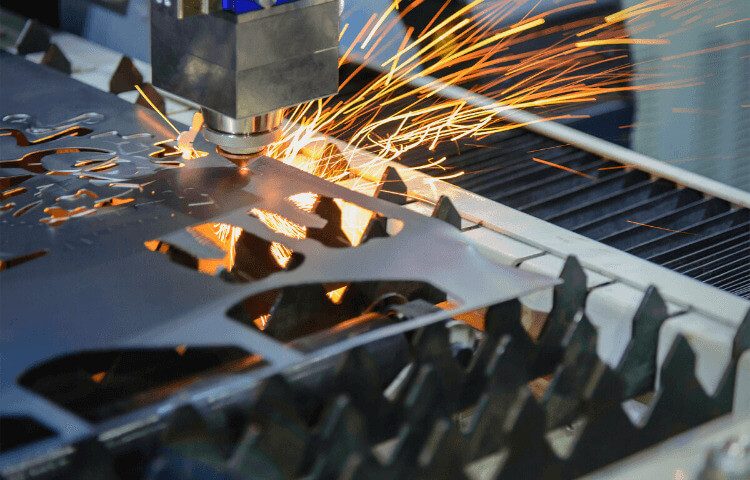
Since CO2 lasers are the most widely used sort of laser today, both in the hobbyist and professional realms, we will focus on elaborating on how this particular variety of laser operates. “light amplification by emission of radiation” is the full meaning of the abbreviation “laser,” which stands for the term itself.
This indicates that the laser is a source of extremely bright light amplified using a series of mirrors and lenses to provide enough power to cut through any substance. It’s an easy procedure to grasp if we evaluate it in the following way:
- The beam is generated using a laser resonator, which consists of an enclosed glass container with beam splitters facing each other. This tube contains carbon dioxide and other gases such as hydrogen, nitrogen, and helium. These gases are combined to react by using an electric discharge or diode.
- After the beam has been produced, it continues to go through the machine, being deflected in various directions by other mirrors that have been deliberately placed to get to the laser cutter head eventually.
- Lastly, when the beam enters the laser cutting head, it passes through a curved lens that amplifies the power of the laser and concentrates it into a single spot. This allows the laser to make a precise hole in the cut material. Cutting or engraving with a laser may be accomplished by modifying several factors, such as the beam intensity and speed.
Laser Cutting Versus Engraving:

The processes of laser cutting and engraving are examples of subtractive manufacturing, which means that the procedure begins with an already-existing solid item. Then the laser beam eliminates material to create the final picture. However, laser cutting and laser engraving are not the same things at all. There is a difference between the two.
- The technique of laser cutting is a precise method in which a laser beam is directed at the surface of a material to heat it to the point where it either entirely vaporizes or melts, leaving behind a clean cut.
- Laser engraving is a procedure that is very similar to laser cutting; however, with laser engraving, the strength of the laser beam is reduced so that it just leaves a mark on the surface of the material instead of cutting through it.
What are the Benefits that Come with Using a Laser to Cut?
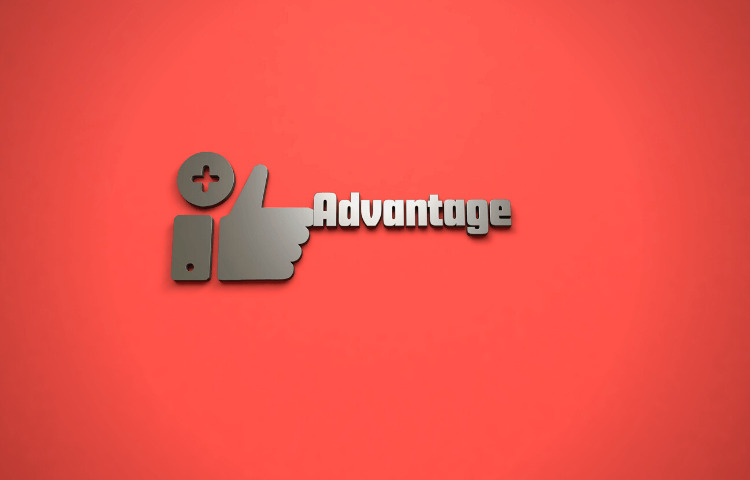
Engineers prefer laser cutting services due to the extensive range of benefits that can be obtained from using them. Cutting with a laser offers several benefits, including adaptability, precision, repeatability, speed, contactless cutting, excellent quality, cost-effectiveness, high versatility, and automation.
Flexibility:
Cutting using a laser eliminates the need to switch out the equipment for each cut. Within a given material thickness, the same cutting configuration may be utilized to produce a wide variety of various form cuts. Also, delicate cuts do not offer any difficulty.
Precision:
Compared to other thermal cutting processes, the accuracy achieved by laser cutting is one of the most significant advantages.
With an accuracy of +/-0.1 mm, it is possible to attain a high level of precision without resorting to any after-treatment. In most situations, having such a high level of quality means that different tolerances are unnecessary.
Repeatability:
A tolerance of +/- 0.05 mm assures that all of the pieces are almost identical to one another.
Speed:
Cutting using a laser is significantly faster than conventional mechanical cutting methods. In particular when it comes to more intricate cuts.
Automation:
Because modern laser cutting gear is so automated, there is a low demand for human labor to complete the task even though an expert machine operator is still essential to the end product’s quality; the reduced requirement for manual labor combined with the increased cutting speed results in cheaper overall costs than other cutting methods.
Most machines even come equipped with their feeding systems and follow-up conveyors. Naturally, a laser cutting machine with such configurations would have a larger price tag.
Quality:
Laser cutters leave behind just a little burr when the settings are correct. In many cases, even removing it is not required to be done. Naturally, it depends on the type of material, its thickness, and various other aspects.
Having a heat impacted zone that is not particularly large is another advantage. Because of the changes in the microstructure along the HAZ, components with a smaller HAZ area are more dependable and predictable.
Cutting Without Making Contact:
In the case of laser cutting, the only thing that makes contact with the material is the beam itself. Because of this, there is no mechanical friction, eliminating the possibility of tools being worn.
Versatility:
This is one of the most significant advantages of laser cutting. There are two ways in which the versatility presents itself.
Cutting a wide variety of materials may be accomplished using a laser. There are a variety of metals, as well as acrylic, MDF, wood, paper, and so on. A single computer can accomplish several tasks if given the appropriate settings. Your machine’s power will determine whether it can cut through some of these materials.
There are many more uses for laser cutters besides cutting. Laser branding is one such method that this equipment can use. In addition, marking is useful in many other aspects of the production of commonplace goods.
Last but not least, the technology may be adapted to various profiles. The tube laser cutting procedure can be performed on anything, from box portions to open channels.
What are the Disadvantages that Come with Using a Laser to Cut?

Even though it is utilized to manufacture components in virtually every sector, laser cutting is not without its drawbacks. Before turning to laser cutting, there are a few factors to consider, the most important of which are the requirement for expertise, the restrictions on metal thickness, the prices, and the potentially toxic emissions.
There is a Need for Expertise:
As mentioned earlier, maximizing a laser cutter’s capabilities requires a trained operator’s expertise to get optimal results. The appropriate configuration guarantees that the cutting quality level meets the expectations set for this type of technology.
There Are Thickness Restrictions Imposed on Metal:
Laser cutting is not an option for cutting very thick plates compared to other thermal cutting processes since it cannot generate enough heat. The greatest appropriate thickness is determined by the technology that is accessible as well as the knowledge that is on hand. Laser cutting may be used to cut metal up to 15 or 20 millimeters thick at most metal fabrication facilities.
Initial Investment:
In some cases, the cost of laser cutting equipment might easily exceed one million dollars. Lasers can be up to two times more expensive than waterjet or plasma cutters. Even though the reduced operating expenses and increased productivity make up for it, in the long run, the initial expenditure is still very substantial.
Dangerous Fumes:
The versatility of laser cutting in terms of the materials it may cut is one of the method’s many advantages. While doing so, the thermal cutting process causes the material to melt, emitting gases and potentially hazardous pollutants.
When working with plastic, this is very important to keep in mind. For this reason, a dependable, although typically pricey, ventilation system is required to guarantee a risk-free working environment.
Frequently Asked Questions:
What are the benefits of using a laser cutter and any potential drawbacks?
The ability to cut through any material and the absence of any associated tooling expenses are two of the many advantages it offers. In addition, the surfaces do not become worn over time, and it functions with high accuracy and precision. One of the most significant drawbacks of laser beam machining is the high cost associated with its routine maintenance.
Is cutting with a laser effective?
Efficiency levels of industrial lasers can range from 5 percent to 45 percent. It is impossible to generalize lasers’ power consumption and efficiency since they all differ in their output power and other operational factors. This will depend on the type of laser that is used as well as how effectively the laser is suited to the task that is being performed.
Are there any negative effects of laser cutting on the environment?
When compared to traditional cutters, the typical fiber laser consumes 45 percent less gas, making it a more environmentally friendly measurement. The fact that efficiency is increased by a factor of two hundred over that of a typical CO2 has a significant bearing on the advantages received over the short and the long term.
Conclusion:
Cutting with a laser (together with engraving) is a remarkable technology that has more than demonstrated its usefulness. The best part is that it is available to everyone who wants it these days, either through paid online services or through desktop computers.
Yet, as can be seen, the process is not flawless. It still has several problems that need to be fixed before it can be regarded as more effective than other technologies like CNC routers. We anticipate that many of these drawbacks will be facilitated in the future as more powerful and accurate machines with improved cutting capacity are created each year.

